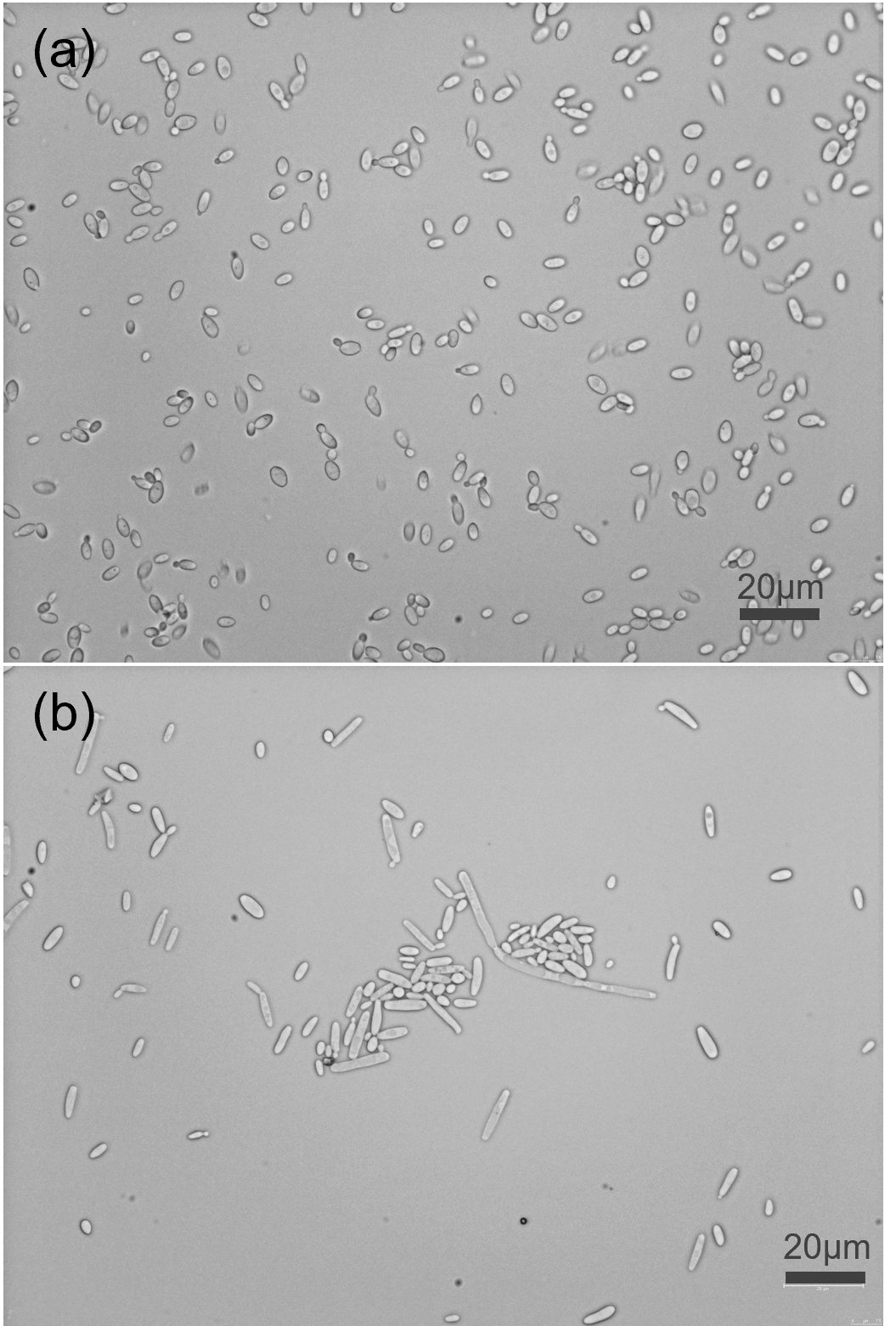
Pichia kudriavzevii is a non-conventional and usually diploid yeast, also known as Issatchenkia orientalis (teleomorph) and Candida krusei (anamorph) (1), which shows unique traits valuable in developing solutions for energy and materials sciences. One such biotechnological application is the production of organic acids (e.g., succinic acid, itaconic acid) (2-4), which can be accomplished under low-pH conditions (e.g., pH 2.0) (5) , at warm temperatures (e.g., 44°C) (6) and using pre-treated plant biomass as starting material, allowing for biorefinery processes to be environmentally and energetically competitive (7). The sequenced strain YB-431 was isolated from pineapple peals (obtained from the ARS culture collection - NRRL) and differentiate itself from a pool of various strains for its native capacity when screened against higher production of dicarboxylic acids.
The work conducted by the Agile BioFoundry is supported by the U.S. Department of Energy (DOE), Office of Energy Efficiency and Renewable Energy (EERE), Bioenergy Technologies Office (BETO), under Award No. DE-NL0030038.
Researchers who wish to publish analyses using data from unpublished genomes are respectfully required to contact the PI Henrique De Paoli ([email protected]) to avoid potential conflicts on data use and coordinate other publications with the master paper(s).
References:
1. Douglass, A. P., et al., PLoS Pathog 2018, 14 (7), e1007138.
2. Xiao, H., et al., Microb Cell Fact 2014, 13, 121.
3. Sun, W., et al., Metab Eng Commun 2020, 10, e00124.
4. Xi, Y., et al., Microb Biotechnol 2021, 14 (3), 1130-1147.
5. Ji, H., et al., J Biosci Bioeng 2020, 130 (6), 588-595.
6. Choi, D. H., et al., Food Sci Biotechnol 2017, 26 (5), 1357-1362.
7. Adom, F., et al., Environ Sci Technol 2014, 48 (24), 14624-31.
